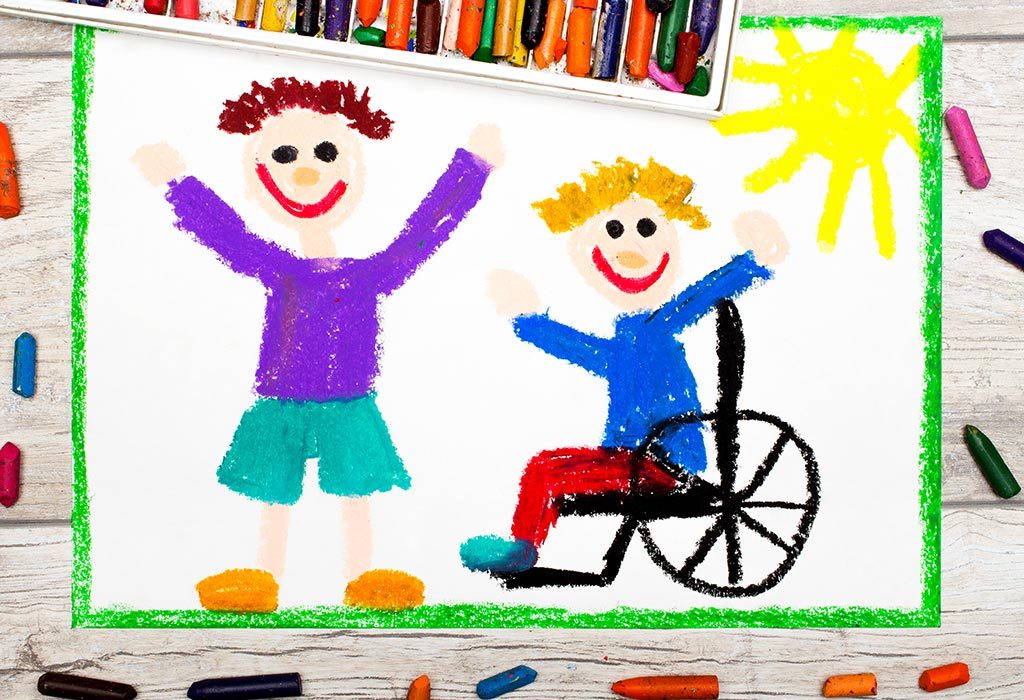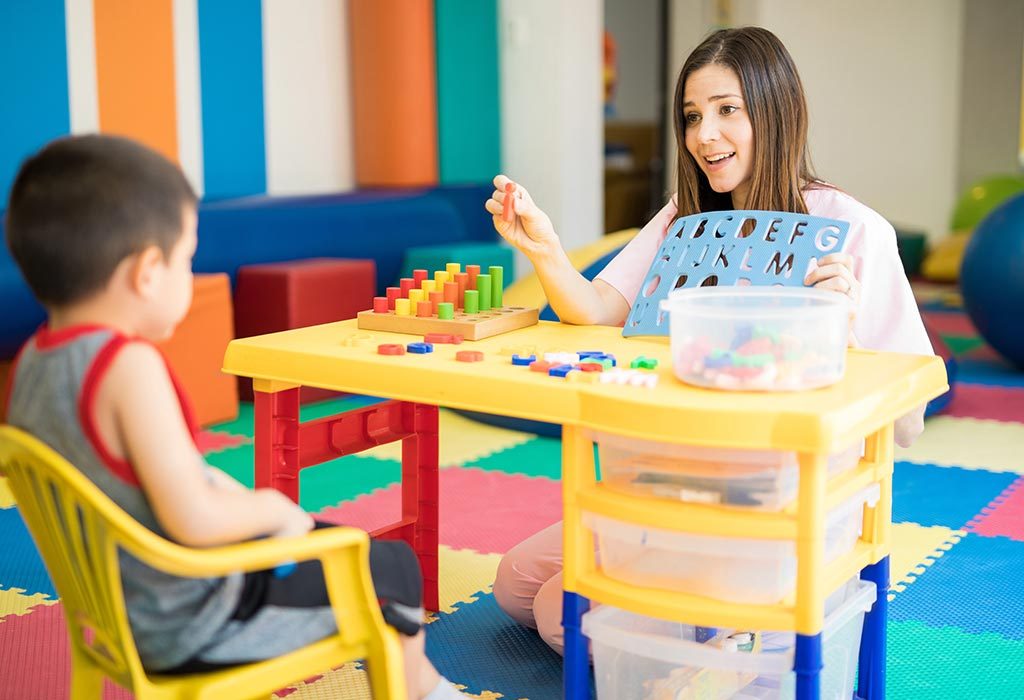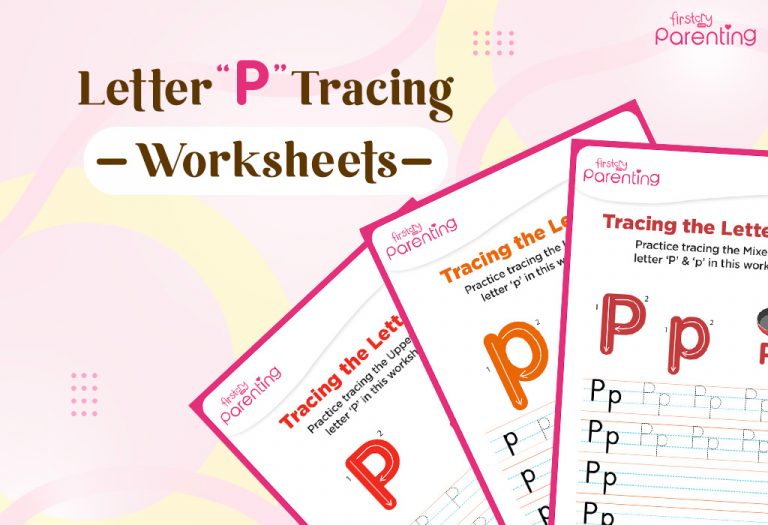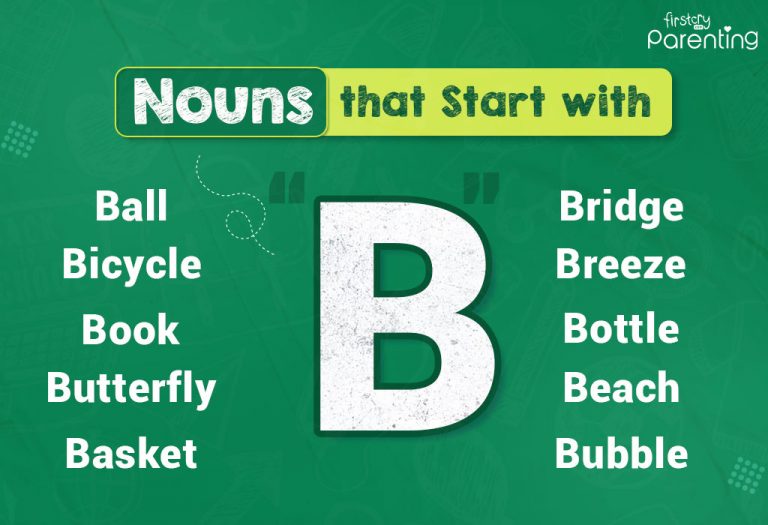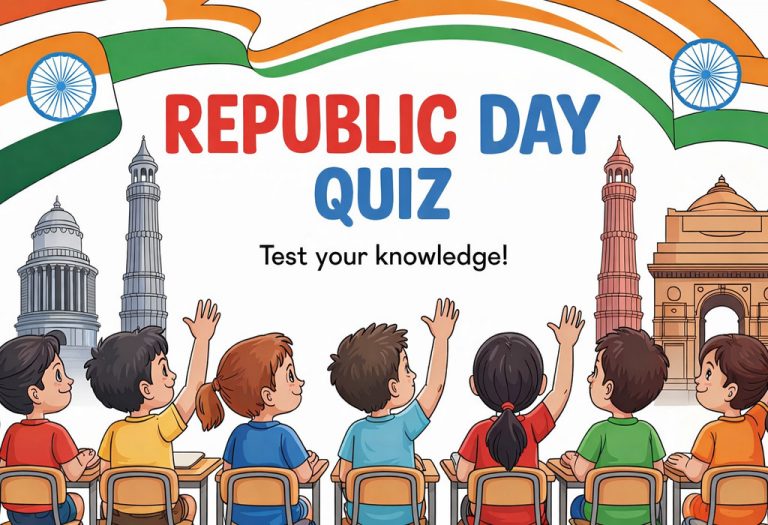Alternative School: Types, Requirements, Pros & Cons
Your child may be a misfit in the usual or traditional school, and you may have been advised to opt for alternative schools for your child. But, what are alternative schools, and who are they for? Do they provide proper education like conventional schools? If you have been wondering the same question, you are not alone. A hint: alternative schools are a bit different from regular schools, where students are inspired to learn and grow in a different manner. In this article, we will discuss all you need to know about alternative schools and whether or not it is the right choice for your child.
What Is an Alternative School and Which Child Can Attend It?
Why do alternative schools for children exist? Our society is filled with taboos, especially when we drift away from what is considered normal – this same rule may apply to your child’s school system as well. You may find yourself a bit sceptical about sending your child to an alternative school because of the various taboos attached to this kind of education system, but his needs would be met optimally in a non-traditional or alternative school system. By alternative school meaning, we mean a place where your child’s different or special educational needs are met, which may arise due to safety, behaviour or disciplinary concerns. If he falls under any of the following categories, you can think of an alternative school system for your child:
- If your child has specialized academic talents or interests
- If your kid has dropped out or is on the verge of dropping out of school
- If your child suffers from emotional or behavioural issues
- If your child suffers from a learning disability, requires special medical attention or suffers from other kinds of disabilities
Do Alternative Schools Differ From Traditional Schools?
An alternative school differs considerably from a traditional school. The structure of the school mostly depends on the students’ needs and requirements. For more individualised attention to the students, the child-instructor ratio is kept in mind. Unlike traditional schools, there are fewer students in each class, so better interaction can happen. While some alternative schools may be lenient with the discipline, there are some schools that have staunch discipline and rules. Sometimes, alternative schools may run night classes or classes during the weekends too. Also, such schools may have special services like counsellors, special education experts, behavioural experts, social skills trainers, etc. In all such aspects, alternative schools are different from traditional schools.
Types of Alternative Schools Available in India
In India, the alternative educational system has been in practice for a long time. The ‘Gurukul’ and ‘Vedic’ systems of education that go way back in history have their roots in this kind of educational system only. By inculcating reasoning and rational thinking in the students, the education system focused on the acquisition of occupational skills and spiritual and cultural enlightenment. With various foreign invasions, the education system shifted to our present-day education system. In the present scenario, the following are the various kinds of alternative school types available in India or alternative schooling options in India:
1. Schools Following Montessori Approach
Such an education system works on the principle that young children should be integrated into self-directed learning. The educational atmosphere should let the children decide and choose how they wish to learn and spend their time at school. Most elementary and preschools nowadays work on these principles of imparting alternative education. There are no tests, grades or formal forms of assessments that the child needs to go through. It is not a structured teacher-driven curriculum, but it is a child-driven curriculum. These kinds of schools also provide good academic and social skills to the students.
2. Schools Following the Harkness Approach
Schools based on Harkness principles discard the traditional look of a class where the teacher writes on the blackboard, and children sit facing the board and learn about the concepts taught by the teacher. Rather, this method propagates that teachers and students sit together around a round table and share their insights, queries, doubts and understanding of a particular topic. Children discuss their opinions, and the main role of the teacher is to engage every child. This method of teaching works very well in a small group of children, and it encourages maximum participation on the part of the child.
3. Schools Following Steiner or Waldorf Approach
The schools following this kind of curriculum believe that for the first seven years of a child’s life, there should be sensory-based learning only. The children are made to interact with each other and interact with the environment rather than be made to sit in a traditional setting and be taught in a traditional manner. The curriculum states that children should learn to write first and then learn to read. It stresses the point that children should not be taught to read before seven years of age. There are people who criticise this method of teaching as they believe that this teaching method lays stress on teaching about religion; however, that may not be true.
4. Schools Following Reggio Emilia Approach
The schools following this approach of teaching target mainly towards educating children between 3 and 6 years of age. This teaching technique propagates the belief system that young children are very capable, competent and curious individuals. Therefore, they should be in an educational environment that is combined with self-guided learning and mutual respect that is shared by teachers and students. The teachers do not feed ready-made answers to the children but explore the topics together, and the teacher also helps the children find the answers themselves.
What Are the Requirements for Alternative School Admission?
There are no specific admission requirements for alternative schools, but sometimes your child may be required to appear for some screening process or tests before admission. But mostly, your child has to take the final call. Therefore, before you make the decision to put your child in an alternative school, it is very important that you talk to your child about it. Tell your child why he is required to attend this kind of school while his other friends go to other kinds of school. There is no hard and fast criterion for admission to such schools because you only have to decide whether you are okay with this kind of arrangement or if you wish to opt for other options. Your child may get referred by his traditional school if he is unable to cope academically, emotionally, or for other reasons.
Pros and Cons of Alternative Schools
Every kind of educational system comes with pros and cons. It is about weighing the advantages and disadvantages of alternative schools before deciding that you want to consider this option for your child. Following are some pros and cons of alternative school programs:
Pros
Some of the pros of this education system include the following:
- The class strength or size is smaller than in a traditional school, which means a better student-teacher ratio and, thus, better grasping by the child.
- Such educational institutes usually follow a wide variety of teaching techniques. This means that if your child is not comfortable with one method of teaching, another method may be tried to clear the concepts.
- Such schools have flexible class schedules, and they may offer classes on weekends and even on Sundays or holidays.
- Mostly, no formal assessment techniques have been adopted, and conventional grades may not be given to the child. This means more emphasis is placed on teaching than assessing the child.
- There are trained teachers who are there to help and guide children with special needs.
- The curriculum is decided or integrated to lend maximum benefits to the child.
Cons
Some of the cons of the system are discussed below:
- If the child is shifted from a traditional school, he may not adjust well, and sometimes, the child may resent going to school.
- The lack of competition or formal assessment technique may make the child lenient towards his studies.
- The social stigma attached to such schools may sometimes intimidate the parents or the child.
Therefore, it is important that the decision to send your child to an alternative school is a well-thought and deliberate decision.
It is normal for the parents and sometimes even children to feel all jittery and anxious at the thought of considering alternative school options. There is no need to panic because you may try other options to provide education to your child. You can try homeschooling, cyberschooling, and other options. Also, in some cases, a mere change in a traditional school may do the trick, and the child may start improving. However, this may not be viable or hold true in all cases. It is important that you get the child counselled before you admit him to an alternative school.
Also Read:
Unexpected Benefits of Homeschooling
Tips for Choosing the Best School for Your Child
Year-Round School – Pros And Cons for Kids
Pros and Cons of Getting Education at Boarding School
Homeschooling Vs Traditional Schooling- Which Is Better?
Was This Article Helpful?
Parenting is a huge responsibility, for you as a caregiver, but also for us as a parenting content platform. We understand that and take our responsibility of creating credible content seriously. FirstCry Parenting articles are written and published only after extensive research using factually sound references to deliver quality content that is accurate, validated by experts, and completely reliable. To understand how we go about creating content that is credible, read our editorial policy here.






